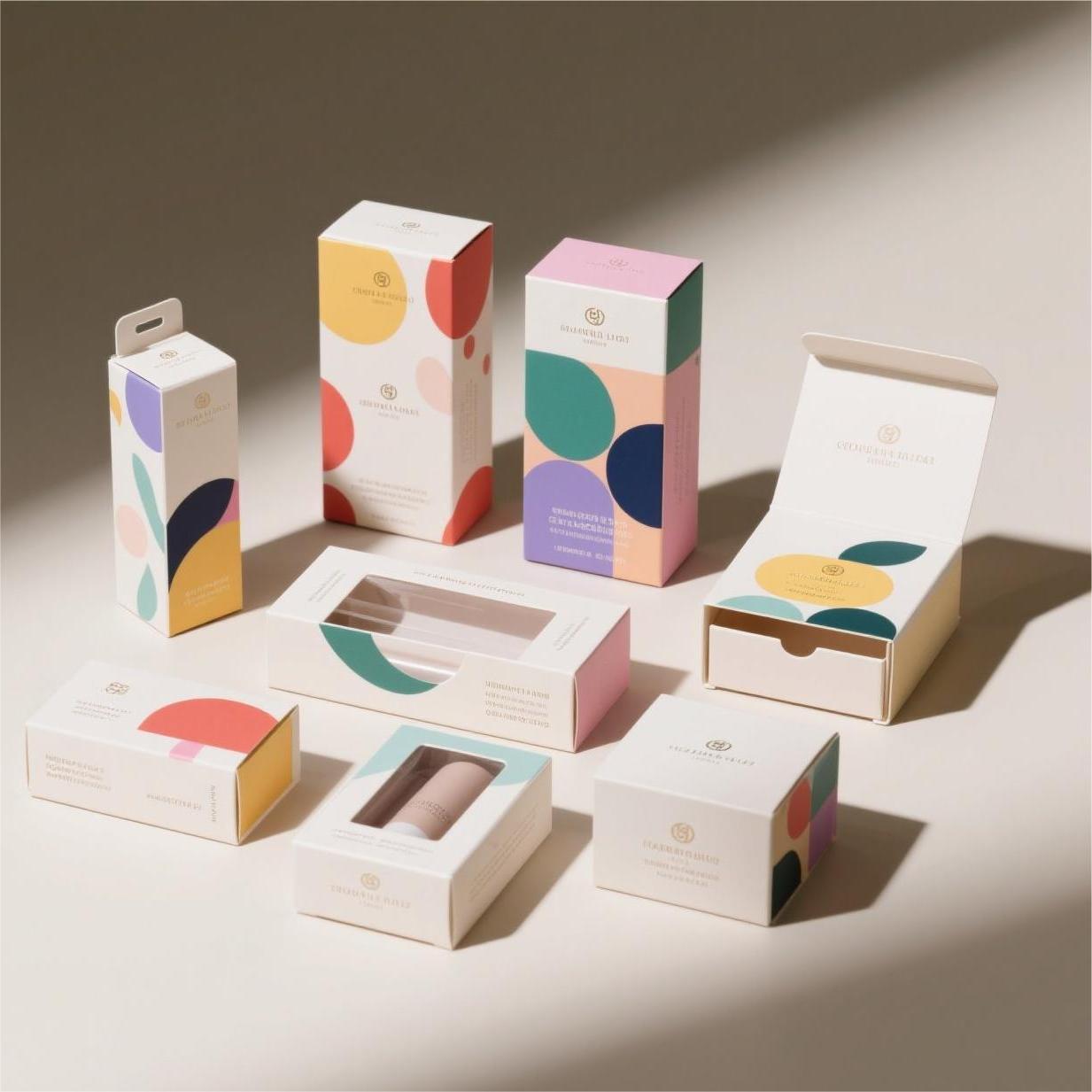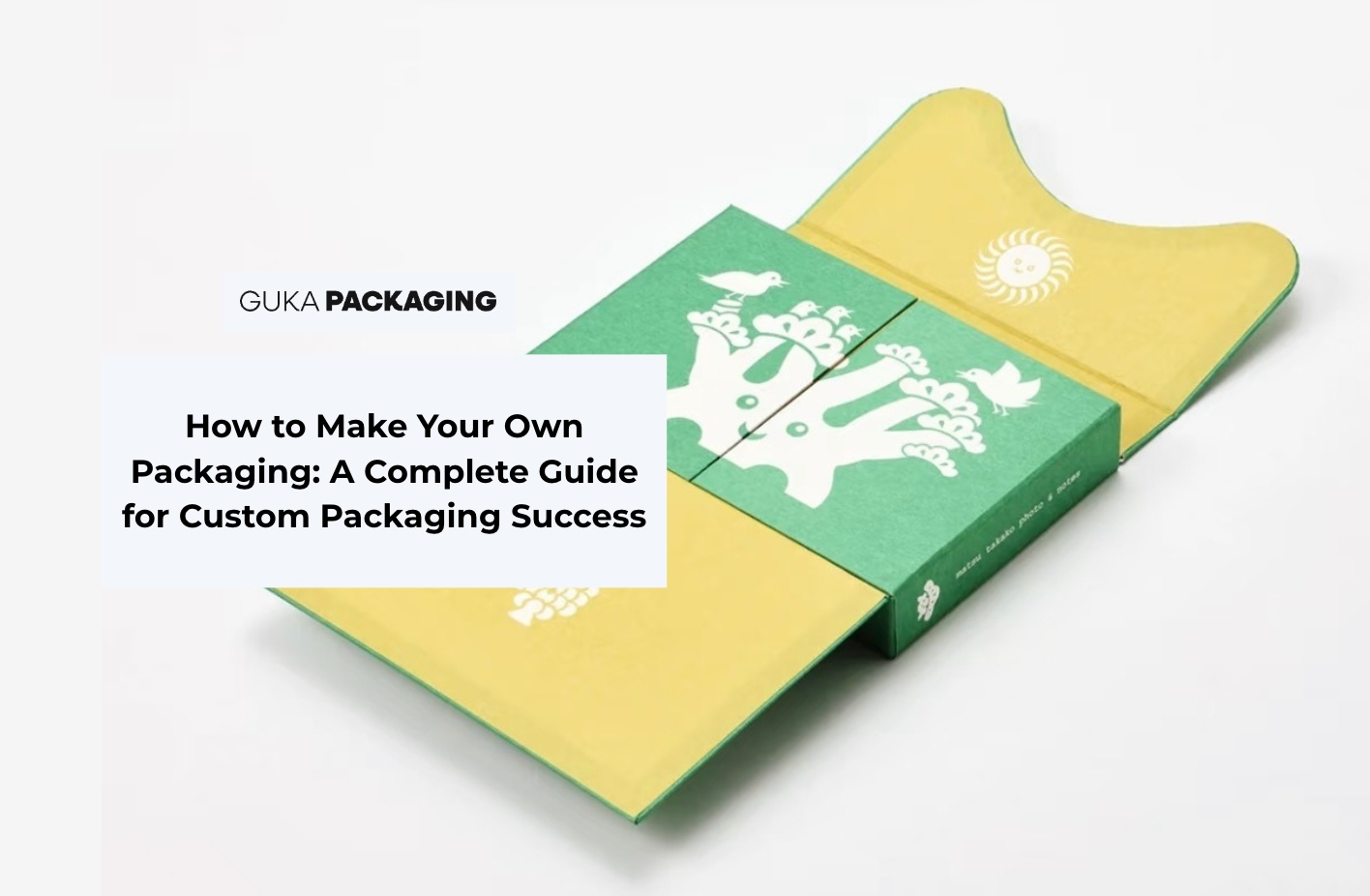How to Remove Tape Residue: 10 Best Way
Struggling with stubborn tape marks? Discover the best way to remove tape residue from plastic, metal, fabric, and more—without damage.
Contact Us now
Table of content

Ready to Elevate Your Brand with 100% Custom Box & Bag Solutions?
Get a Free QuoteWhether you're unboxing a luxury skincare item or preparing a shipment for retail, tape residue can leave an unsightly and sticky mess. From plastic shipping tape to masking and duct tape, adhesive marks can stick to plastic, metal, cardboard, or even fabric, affecting both the presentation and reuse of your packaging.
For businesses using custom rigid boxes, folding cartons, corrugated packaging, or stylish paper bags, it's critical to ensure your packaging doesn’t leave behind adhesive messes—especially in industries like cosmetics, jewelry, electronics, and food where cleanliness and aesthetics matter.
In this guide, we explore how to remove sticky tape residue effectively, with surface-safe tips, tools, and eco-conscious techniques you can rely on.

What Causes Tape Residue — and Why It’s So Hard to Remove
Understanding Tape Adhesives
Most packaging tapes use pressure-sensitive adhesives (PSAs) made of rubber or acrylic. These are designed to bond strongly to surfaces under light pressure. Over time, especially under heat, humidity, or prolonged use, they degrade and leave behind sticky, tacky residue.
Why Surface Type Matters
Different materials react differently to adhesive. For instance:
- Plastic and glass may smear when you rub adhesive.
- Wood or painted surfaces can scratch or discolor.
- Fabric and paper are more absorbent and fragile.
That’s why knowing how to treat each surface properly is essential for removing tape residue without damage.
The 10 Best Ways to Remove Tape Residue Safely
Below are 10 proven techniques to get rid of tape residue from a wide variety of surfaces, using household or commercial products.
1. Warm Soapy Water
Best for: Plastic, glass, and vinyl
- Soak a cloth in warm water with dish soap.
- Apply to the sticky area for 5–10 minutes.
- Gently wipe or scrape with a non-abrasive tool.

2. Rubbing Alcohol or Isopropyl Alcohol
Best for: Metal, glass, plastic
- Dab alcohol on a cloth or cotton pad.
- Rub the tape residue in circular motions.
- Clean off with water afterward to avoid residue smearing.
Remarks: test on a small hidden area first to avoid surface damage.

3. White Vinegar
Best for: Eco-friendly cleaning
- Apply directly or with a sponge.
- Let it sit for 10 minutes.
- Wipe off the residue and rinse thoroughly.

4. Commercial Tape Residue Removers (e.g., Goo Gone)
Best for: Tough adhesive stains
- Follow product instructions carefully.
- Ideal for industrial adhesive on corrugated boxes or tape-covered warehouse items.

5. Hair Dryer or Heat Gun
Best for: Gummed paper tape, shipping tape
- Heat the area for 30 seconds to 1 minute.
- Peel off the tape while warm.
- Use a cloth to wipe off softened residue.

6. Baking Soda Paste
Best for: Gentle abrasion without scratches
- Mix baking soda with a few drops of water.
- Apply the paste and scrub gently with a sponge.
- Rinse thoroughly.

7. Olive Oil or Coconut Oil
Best for: Natural, skin-safe cleaning
- Apply oil directly and let it sit for 15–30 minutes.
- Wipe off with a microfiber cloth.
- Wash the area with soap and water afterward.

8. WD-40
Best for: Metal tools, carts, industrial surfaces
- Spray lightly and allow it to soak for 1 minute.
- Wipe with a textured cloth.
- Clean with soap and water afterward.

9. Pencil Eraser
Best for: Small areas on hard paper or cardboard
- Rub gently in one direction.
- Eraser friction will lift away sticky marks.

10. Ice Cube Method
Best for: Delicate surfaces (e.g., fabric, paper)
- Place an ice cube in a plastic bag.
- Hold it over the adhesive for a few minutes.
- Scrape off the hardened residue gently.

How to Remove Tape Residue by Surface Type
Plastic
Use warm soapy water, rubbing alcohol, or oil. Avoid acetone, which can melt the plastic.
Metal (e.g., aluminum, stainless steel)
Try rubbing alcohol, WD-40, or heat. Test each product to avoid discoloration or tarnish.
Cardboard & Paper Packaging
Use pencil erasers or lightly dab vinegar. Avoid excessive moisture or scraping.
Fabric & Upholstery
Apply oil or rubbing alcohol with a soft cloth. Rinse with soap and warm water.
Glass
Go for alcohol, white vinegar, or baking soda paste. Buff with a microfiber cloth.
How to Prevent Tape Residue on Your Packaging
- Choose the right tape: Water-activated paper tape or residue-free tapes are ideal.
- Avoid duct tape on sensitive surfaces like rigid box finishes or folding cartons.
- Apply tape only to clean, dry areas to reduce over-adhesion.
- Use custom packaging designs with integrated closures to minimize adhesive use.
At GUKA Packaging, we offer tape-free, closure-based rigid boxes and folding cartons that reduce your risk of sticky surprises—perfect for high-end sectors like cosmetics, fashion, food, and luxury goods.

No More Sticky Surprises
Tape residue doesn’t have to ruin your packaging experience. With the right technique and tools, you can easily clean and restore surfaces—whether you’re handling plastic, metal, fabric, or paper.
For businesses, the best solution is prevention: work with a packaging partner that understands the importance of functionality and finish. At GUKA Packaging, we specialize in custom packaging solutions that reduce the need for messy adhesives, enhance presentation, and support a flawless unboxing experience.
Looking for packaging that’s clean, elegant, and hassle-free? Explore our custom rigid boxes or contact us today to find the perfect solution for your brand.
Recommended for you













.avif)
.avif)
.avif)
.avif)




.avif)
.avif)


.avif)
.avif)






